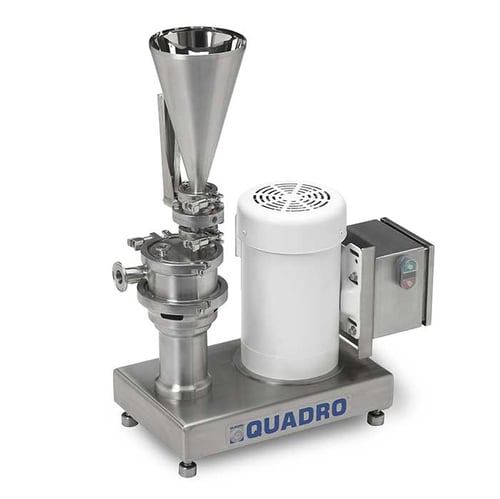Background / Requirement
Many of today’s products are manufactured through the use of molding. Molding, the act of creating something by casting it in a mold, can be accomplished via several means. Some of the more popular methods employed by Industry include:
- Injection Molding
- Compression Molding
- Transfer Molding
- Extrusion Molding
- Blow Molding
One of the key criteria in the successful manufacture of molded products is the ability to extract the finished product from the mold without damage. Mold release agents are employed to accomplish this task. Mold release agents are additives used to prevent the molded object from sticking to the surface of the mold. Release agents can be cooled directly into mold cavities (external release agent) or they can be introduced into the polymer (internal release agent). Some common examples of release agents are silicone, PTFE, wax, fatty acid esters.
Many release agents are emulsions of either water or solvent, and active ingredient. The active ingredient can come in a liquid form such as resin or polydimethylsiloxane (PDMS), a silicone-based organic polymer that acts like a viscous liquid. They can also come in a dry form such as silicone, lecithin, clay or stearates. Many of these powders tend to be hydrophobic in nature and difficult-to-disperse, which can cause problems for manufacturers of release agents.
Quadro was approached by a manufacturer of mold release agents to help resolve these issues. The customer was manufacturing a dip tank emulsion involving the use of stearates, silicates, carbonates and water with varying rates of concentration for use in the rubber tire molding industry.
Quadro's Approach
In order to produce the emulsion the client desired, Quadro employed the Quadro Ytron ZC Inline Powder Disperser (ZC). The ZC is specifically designed to disperse extremely difficult-to-wet powders such as clay and silicate into a liquid stream, in a single-pass. Powder incorporation is achieved by the presence of significant vacuum in the reactor housing generated by the liquid seal that is created between the rotor and stator. This vacuum ensures that powders from the hopper above are drawn into the reactor head, where the particles are subjected to intense mechanical shear PRIOR to hydration in the liquid stream. The result is a perfectly dispersed and homogeneous blend of hydrophilic powders WITHOUT “fish-eyes”.
 Summary
Summary
Single-pass processing with the ZC ensures lump-free dispersions that provide repeatable and consistent product quality, batch-to-batch. Other benefits include:
- reduced batch times by 80%
- less air incorporation
- elimination of powder build-up on tank walls and mixer shaft
- no need to filter the product.
Learn more about Quadro Liquids Mixing Equipment that is commonly used for Chemicals via our Industries page.
Topics:
Powder Dispersion

